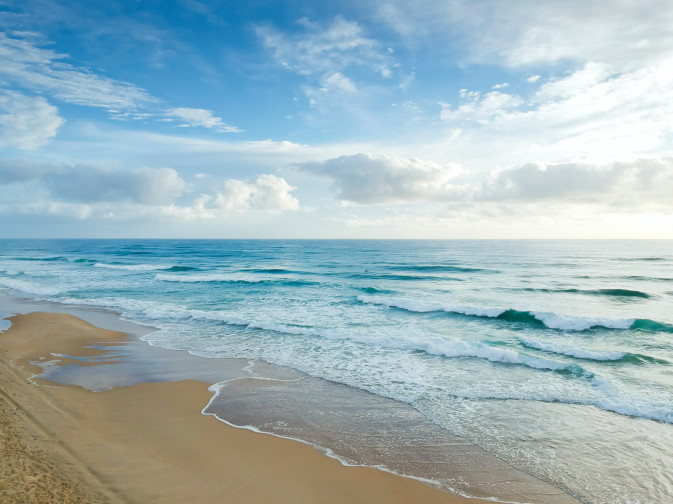
Restoring sea and oceans makes perfect economic sense
Coastal regions provide some of the most ecologically productive and biodiverse environments with an important and often underappreciated carbon storage potential combined with the highest densities of population, assets and cultural heritage in the world. Rapidly developing and changing, these socially, economically and environmentally important areas are experiencing progressive degradation and escalating risks, further exacerbated by climate change.
The European Green Deal has introduced a new agenda, which aims to transform the EU into a modern, resource-efficient and competitive economy, with zero net emissions of greenhouse gases by 2050 based on economic growth decoupled from resource use. This applies to heavily populated coastal zones, where new legislation with legally binding targets to member states is expected to enhance restoration. For example, from a baseline of 57% of Atlantic marine habitats, and 75% and 40% of Baltic and Mediterranean marine species respectively, in bad condition, the proposed Nature Restoration Law implies that member states would put in place restoration measures that bring at least 30% of habitats coastal and marine ecosystems into good condition by 2030. Restoring coastal systems and their biodiversity is a nature-based solution (NbS) that contributes both to adaptation by reducing the impacts of coastal flooding and erosion, as well as to mitigation by enhancing the natural carbon capture.
Many environmental organisations, companies and projects, amongst them the EU H2020 REST-COAST, are coming forward with innovative tools and ideas that support ecosystem services , through the implementation of NbS. An example of such a social enterprise is the Sea Ranger Academy, whose team is on a mission to restore one million hectares of ocean biodiversity by 2040 whilst training 20.000 young people to kickstart a maritime career. While establishing a combined social and environmental impact and by attracting investors to strengthen coastal regions, the Sea Rangers are aiming to increase and improve the protection of the marine environment worldwide.
An article published by Friends of Europe, looks into the current topic and more specifically into a number of initiatives, which have shown successful examples of biodiversity restoration with positive social outcomes. For instance, the SeaGrass project has achieved ground-breaking results in restoring seagrass along the UK coast by planting over one million of seagrass seeds and also developing the world's biggest “entry level” seagrass spotter tool, a citizen science initiative.
Building on previous research, REST-COAST aims to deliver innovative tools to improve coastal restoration practice and techniques, and data to assess risk reduction. The goals of REST-COAST are to demonstrate that large-scale coastal restoration is not only possible but vital for coastal adaptation to climate change. Coastal ecosystems can provide a low-carbon adaptation that reduces risks and provides gains in biodiversity, with positive feedback for agri- and aquaculture, flood protection and tourism.
The REST-COAST Pilot Sites are developing practical case studies of how to reinstate the perturbed river-to-coast connectivity and increase the resilience and delivery of coastal ecosystem services. The nine Pilots represent vulnerability hotspots for the main EU regional seas (Baltic, Black, North Atlantic and the Mediterranean).
Built upon previous projects, which developed funding and financing solutions for NBS and conservation in the context of water security and coastal adaptation, REST-COAST will develop business plans and submit corresponding proposals eligible to receive financial support from public and private institutions such as the European Investment Bank or the Global Climate Fund.